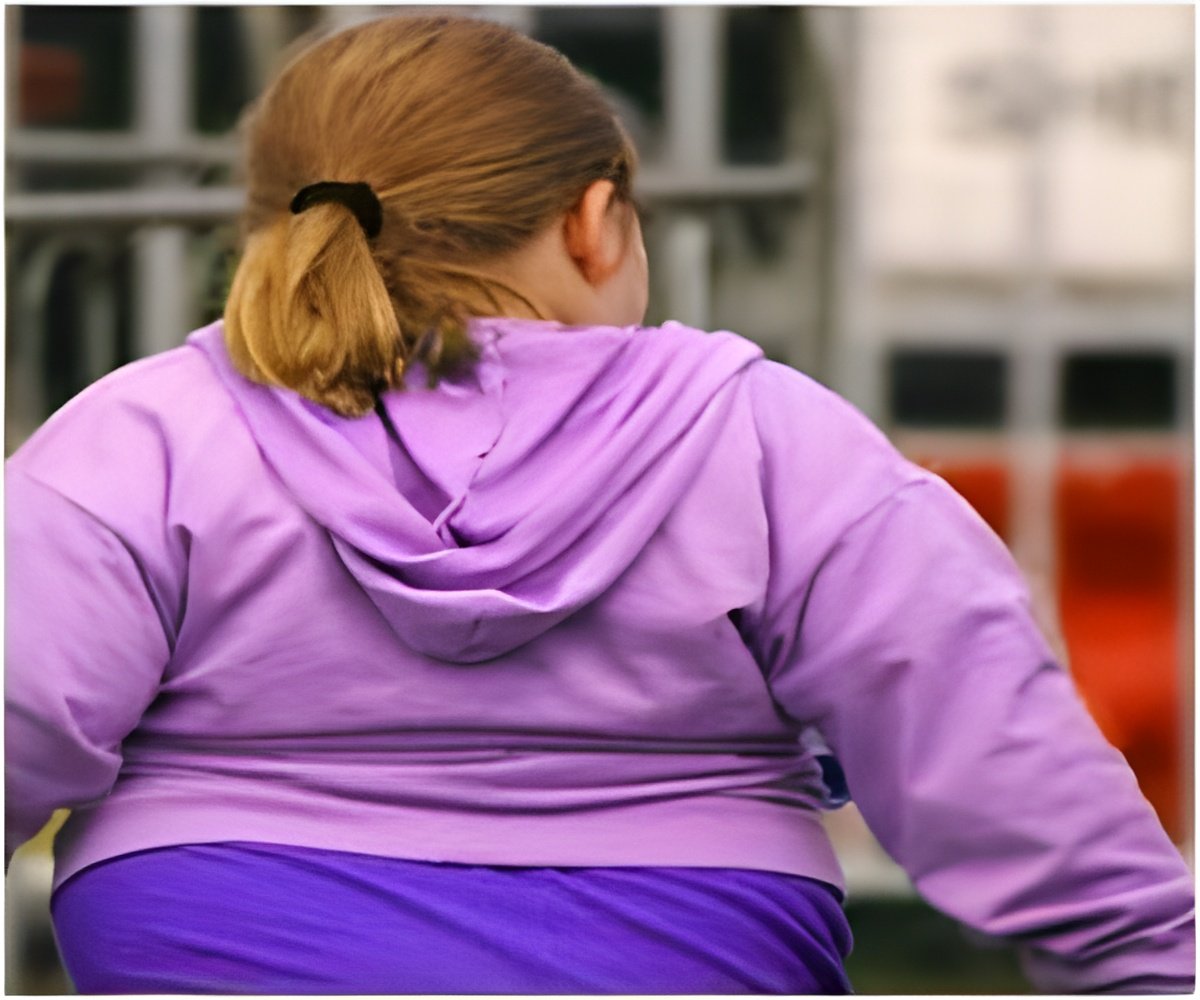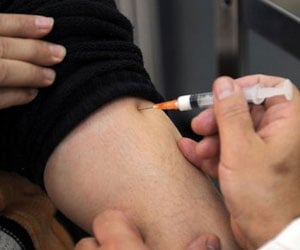Identifying targets for community-based programs that seek to facilitate trust and control among neighbors is needed to increase outdoor play among adolescents.

‘Parents who do not trust their neighbors or feel they have no control over neighborhood problems are more likely to restrict their child's outdoor play.’





The LSU Health New Orleans team designed the study to identify factors that may reduce physical activity among adolescents.
Senior author Melinda Sothern, Research Professor at LSU Health New Orleans School of Public Health, said, "We were interested in exploring some of the possible reasons."
The research team measured parents/guardians' and adolescent participants' responses to a questionnaire, and they evaluated neighborhood characteristics. Adolescents who are free to play outdoors and travel actively without adult supervision accumulate more physical activity than those who are not; therefore understanding whether parental perceptions of their neighborhood impact physical activity-related parenting behaviors may be crucial to improving overall activity among adolescents.
"Parents who do not trust their neighbors or feel they have no control over neighborhood problems were more likely to restrict their child's outdoor play," says lead author Maura Kepper, a postdoctoral researcher at LSU Health New Orleans School of Public Health.
In this small study, though, the self-reported responses did not seem to indicate that the parents' concerns altered their children's physical activity levels. The role of the physical environment was not clear, yet this exploratory study illustrates the need for further research in larger, more diverse samples of children and adolescents.
Advertisement
"Therefore, a child's ability to achieve the recommended 60 minutes of daily physical activity may be limited. This research is an important first step to identifying targets for community-based programs that seek to facilitate trust and control among neighbors that is needed to increase outdoor play among children and adolescents, especially within poor physical environments."
Advertisement













